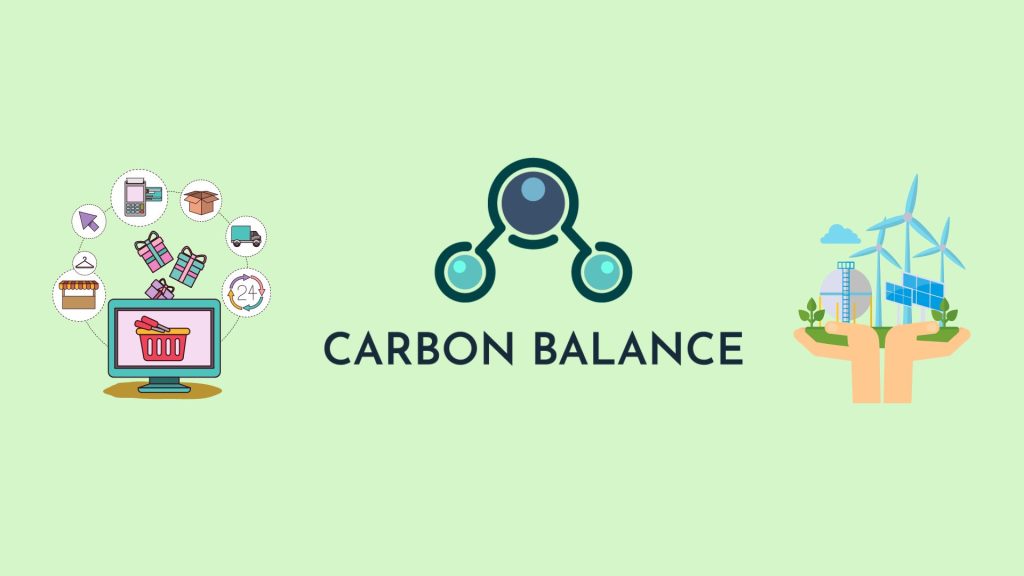Introduction
Global warming, primarily caused by the excessive release of greenhouse gases (GHGs) into the atmosphere, poses a serious threat to our planet. Rising temperatures, melting ice caps, and extreme weather events have become increasingly common, leading scientists to search for ways to mitigate these effects. One potential solution to this crisis is carbon offsets. In this article, we will discuss the concept of carbon offsets, their potential in addressing global warming, and the challenges associated with their implementation.
What are Carbon Offsets?
Carbon offsets are measures that aim to compensate for the emissions of greenhouse gases by investing in projects that reduce, remove, or prevent the release of equivalent amounts of GHGs elsewhere (Gold Standard, 2021). They are often used by businesses, governments, and individuals to achieve carbon neutrality or reduce their overall carbon footprint. Carbon offsets can be purchased through various platforms, and the funds are directed towards projects such as reforestation, renewable energy, and energy efficiency improvements (World Bank, 2021).
The Potential of Carbon Offsets in Combating Global Warming
Encouraging Renewable Energy Development
Investing in carbon offset projects focused on renewable energy promotes the development and deployment of clean energy technologies, such as solar, wind, and hydropower. These projects have the potential to displace fossil fuel-based power generation, thus reducing the overall carbon emissions associated with electricity production (IPCC, 2014).
Promoting Reforestation and Afforestation
Forests play a crucial role in mitigating climate change by acting as carbon sinks. Carbon offset projects that support reforestation and afforestation help to increase the planet’s carbon sequestration capacity, effectively removing CO2 from the atmosphere (Sedjo & Sohngen, 2019). Additionally, these projects contribute to biodiversity conservation and provide numerous ecosystem services, such as water regulation, soil conservation, and habitat provision (FAO, 2020).
Enhancing Energy Efficiency
Carbon offset projects that promote energy efficiency improvements can significantly reduce GHG emissions by encouraging the adoption of energy-saving technologies and practices. These projects can range from upgrading industrial processes to implementing energy-efficient building standards, which in turn help to reduce the overall demand for energy and the associated emissions (IEA, 2020).
Supporting Methane Capture and Utilization
Methane, a potent greenhouse gas, is often released during agricultural and waste management processes. Carbon offset projects that focus on methane capture and utilization can prevent these emissions and even transform them into a renewable energy source. For example, projects that capture methane from landfills or livestock waste can convert it into biogas, which can be used for electricity generation or heating (EPA, 2021).
Challenges and Limitations of Carbon Offsets
Ensuring Additionality
A significant challenge associated with carbon offsets is ensuring that projects are additional, meaning that they would not have occurred without the support provided by the offsets. Ensuring additionality is crucial to guarantee that offset projects lead to real and quantifiable reductions in GHG emissions (Gillenwater, 2012).
Addressing Permanence
Carbon offset projects, particularly those involving forestry, face the issue of permanence. This refers to the risk that the carbon sequestered by a project might be released back into the atmosphere due to events such as forest fires, pests, or illegal logging (Galik & Jackson, 2009). Therefore, it is essential to implement measures that ensure the long-term stability and resilience of these projects.
Avoiding Leakage
Leakage occurs when a carbon offset project inadvertently leads to increased emissions elsewhere. For example, protecting a forested area from deforestation might lead to logging activities being shifted to a different region (Murray et al., 2004). To address leakage, it is crucial to develop robust monitoring and evaluation systems that account for potential displacement of emissions.
Ensuring Social and Environmental Co-Benefits
Carbon offset projects should aim to deliver additional benefits beyond GHG emission reductions. These co-benefits can include supporting local communities, improving air and water quality, and preserving biodiversity (Gold Standard, 2021). Ensuring that projects deliver these co-benefits can increase their overall effectiveness and acceptance by stakeholders.
Overreliance on Offsetting
While carbon offsets can contribute to addressing global warming, they should not be viewed as a standalone solution. Offsetting should be considered a complementary approach to direct emissions reduction strategies, such as transitioning to renewable energy sources, improving energy efficiency, and adopting sustainable land management practices (Anderson & Peters, 2016).
Conclusion
Carbon offsets present a promising opportunity to help mitigate the impacts of global warming by supporting projects that reduce, remove, or prevent GHG emissions. However, to maximize their effectiveness, it is essential to address the challenges associated with their implementation, such as ensuring additionality, addressing permanence, avoiding leakage, and delivering social and environmental co-benefits. Additionally, carbon offsets should be considered as one component of a comprehensive climate change mitigation strategy that also includes direct emissions reduction efforts. By adopting a multi-faceted approach, we can increase our chances of successfully combating global warming and safeguarding our planet for future generations.
References
- Anderson, K., & Peters, G. (2016). The trouble with negative emissions. Science, 354(6309), 182-183.
- EPA. (2021). Landfill Methane Outreach Program. Retrieved from https://www.epa.gov/lmop
- FAO. (2020). Global Forest Resources Assessment 2020. Rome, Italy: Food and Agriculture Organization of the United Nations. Retrieved from http://www.fao.org/3/ca9825en/online/ca9825en.html
- Galik, C. S., & Jackson, R. B. (2009). Risks to forest carbon offset projects in a changing climate. Forest Ecology and Management, 257(11), 2209-2216.
- Gillenwater, M. (2012). What is additionality? Part 1: A long-standing problem. Greenhouse Gas Measurement & Management, 2(1), 1-10.
- Gold Standard. (2021). What are carbon credits? Retrieved from https://www.goldstandard.org/articles/what-are-carbon-credits
- IEA. (2020). Energy Efficiency 2020. Paris, France: International Energy Agency. Retrieved from https://www.iea.org/reports/energy-efficiency-2020
- IPCC. (2014). Climate Change 2014: Mitigation of Climate Change. Contribution of Working Group III to the Fifth Assessment Report of the Intergovernmental Panel on Climate Change. Cambridge, United Kingdom and New York, NY, USA: Cambridge University Press.
- Murray, B. C., McCarl, B. A., & Lee, H. (2004). Estimating leakage from forest carbon sequestration programs. Land Economics, 80(1), 109-124.
- Sedjo, R. A., & Sohngen, B. (2019). Carbon Sequestration in Forests and Soils. Annual Review of Resource Economics, 11, 237-260.
- World Bank. (2021). State and Trends of Carbon Pricing 2021. Washington, DC: World Bank. Retrieved from https://openknowledge.worldbank.org/handle/10986/356



